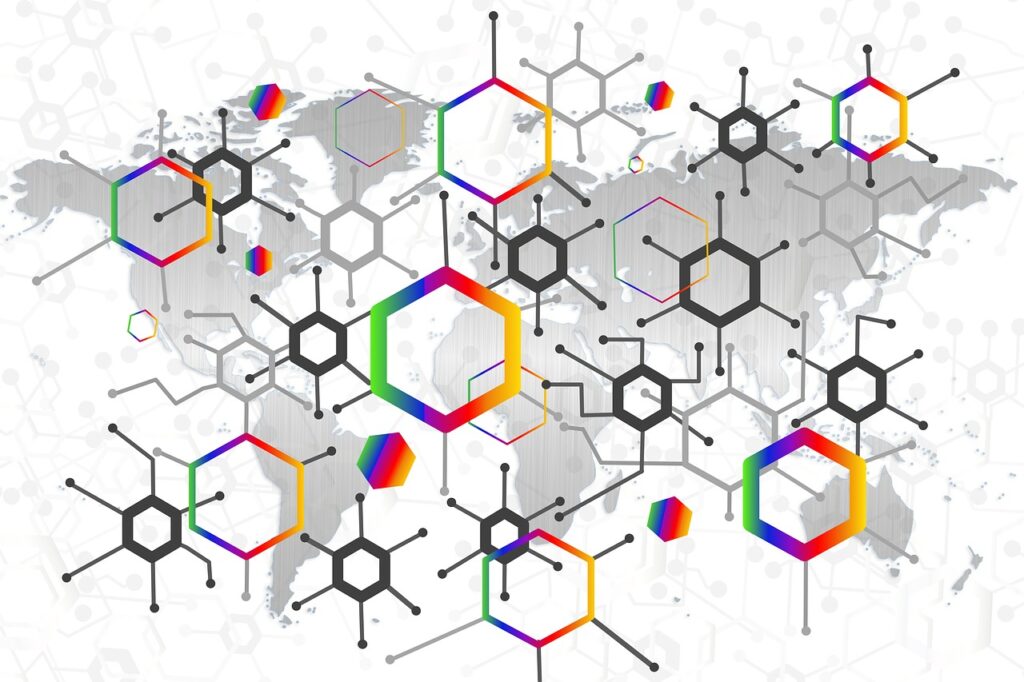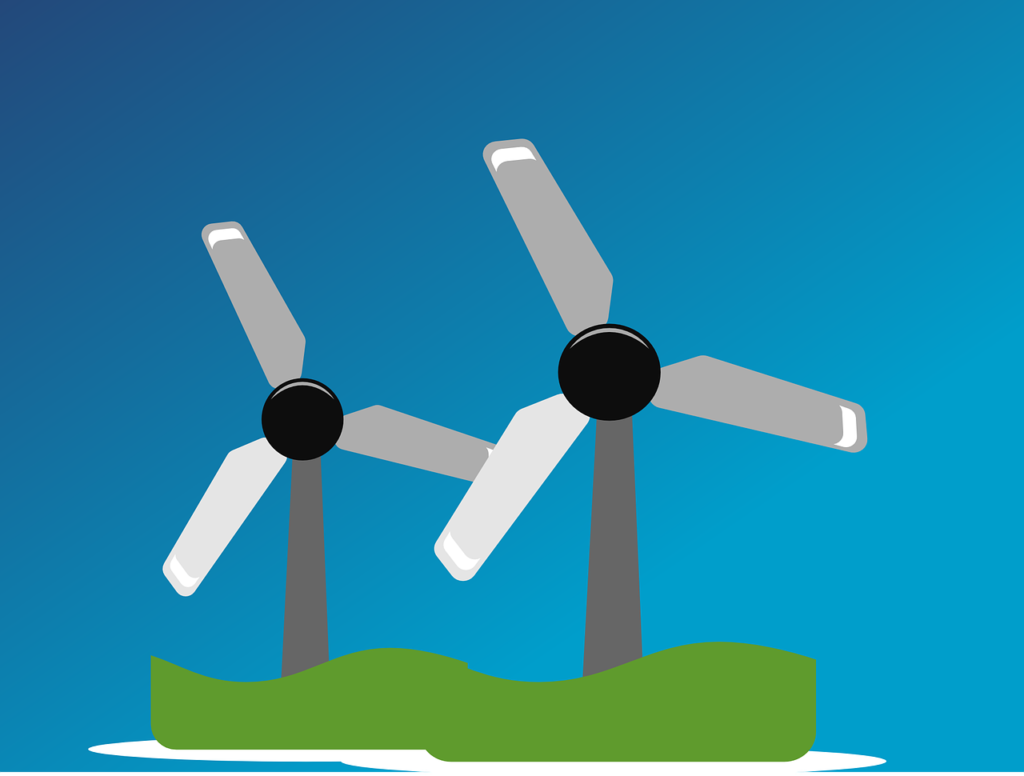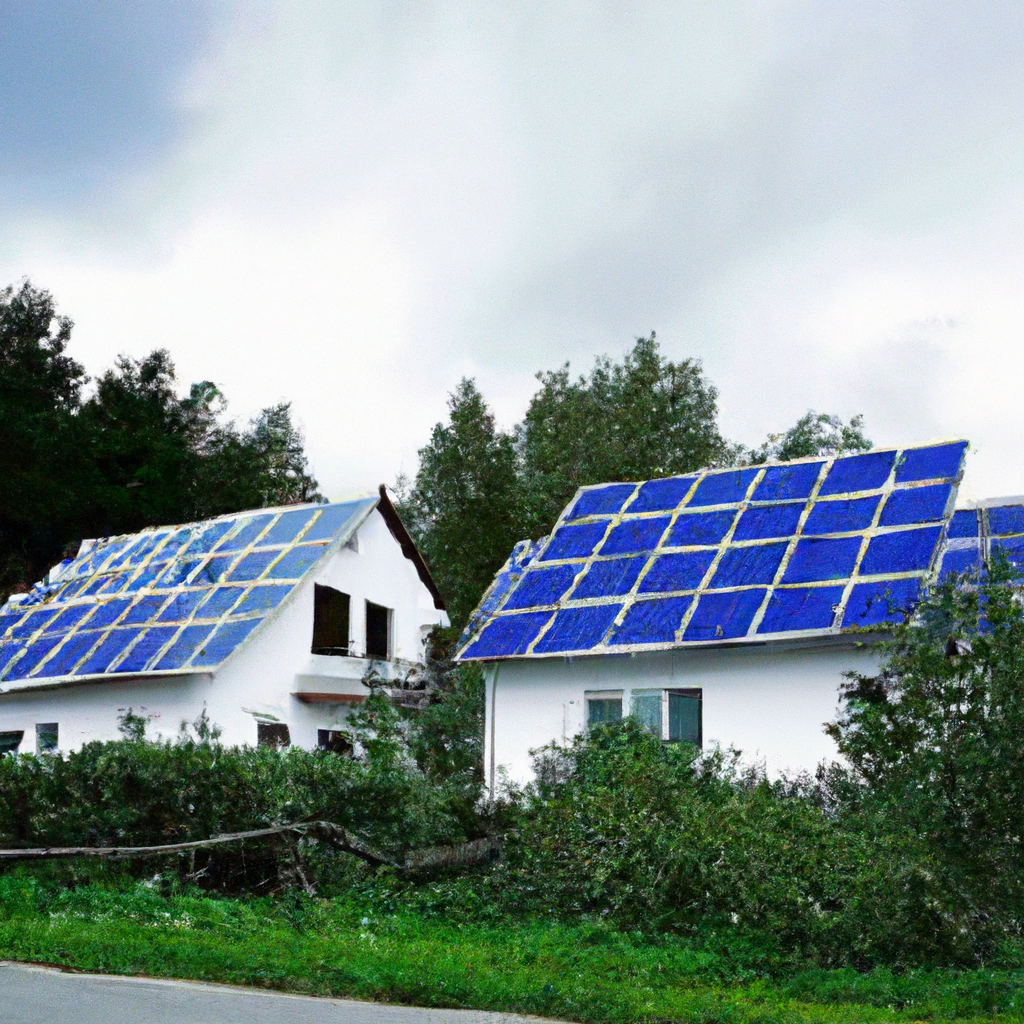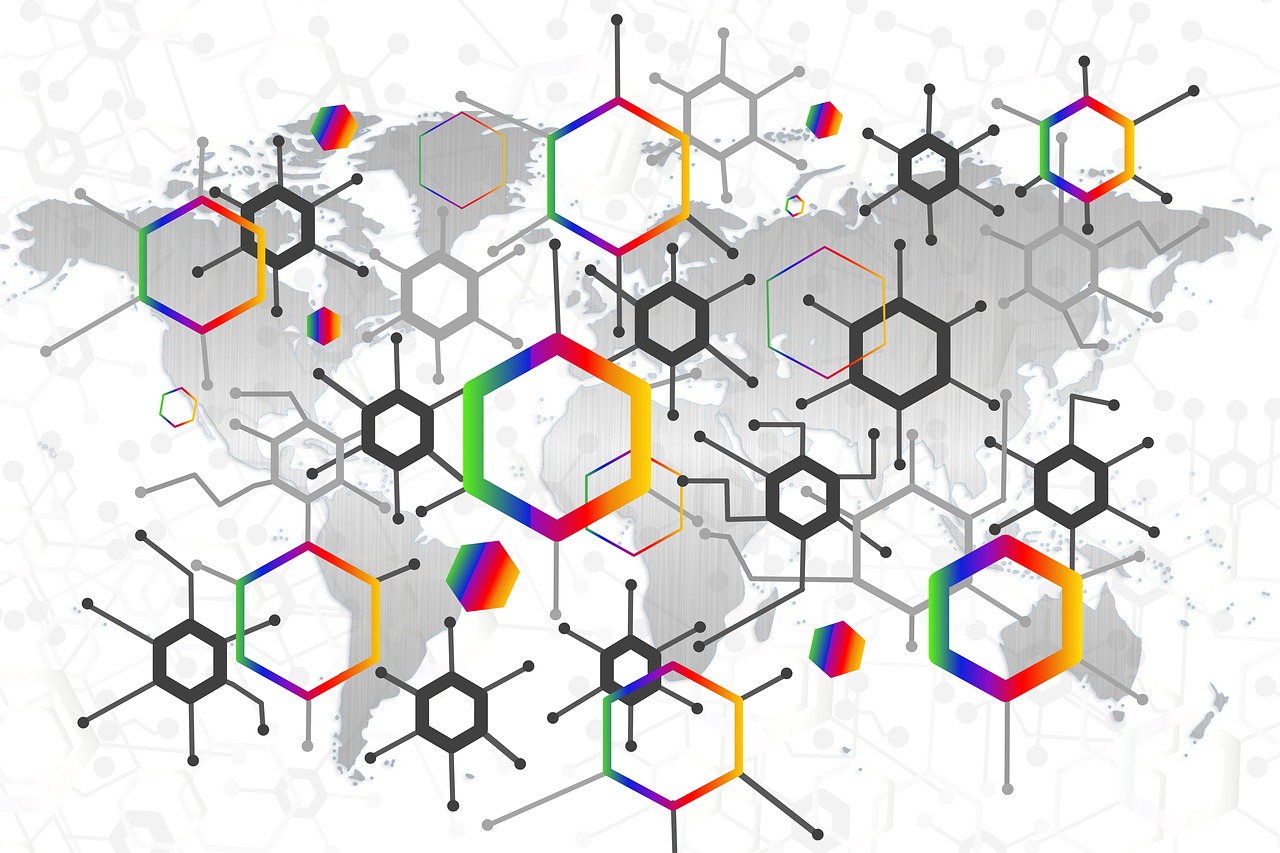What Are The Main Components Of A Self-Sustaining Home: Introduction
What are the main components of a self-sustaining home? This is a question that has become increasingly significant in a world grappling with climate change, resource scarcity, and environmental degradation. At its core, a self-sustaining home seeks to minimize its impact on the planet while maximizing its own self-reliance. But achieving this is no small feat; it involves an intricate blend of technology, design, and lifestyle choices.
The idea of a self-sustaining home has evolved over the years, moving from the fringes of architectural experimentation into the mainstream dialogue on sustainability. However, despite its growing popularity, there remains a lack of clarity about what actually constitutes a self-sustaining home. Is it just about generating your own electricity, or does it involve more?
In this article, we’ll provide an in-depth exploration into what are the main components of a self-sustaining home, shedding light on each element’s role in contributing to an autonomous, eco-friendly lifestyle. From renewable energy systems to innovative water conservation methods, from waste management solutions to sustainable building materials, we’ll cover it all.
Understanding each component is crucial because self-sustainability is not an a la carte menu where you can pick and choose based on convenience. It’s an integrated approach where each element interacts with and supports the others, creating a cohesive, sustainable living environment.
Whether you’re looking to retrofit your current home or start from scratch with a new build, this comprehensive guide aims to equip you with the knowledge and insights needed to make informed decisions. Join us as we delve into the intricacies of self-sustaining homes, and discover how you can transform your living space into a model of environmental responsibility.

Check Out Our Top Eco Friendly Product Picks On Amazon Here
Solar Energy Systems
One of the main components of a self-sustaining home is a solar energy system. Solar panels are an integral part of this system as they harness the sun’s energy and convert it into electricity. These panels consist of multiple photovoltaic cells that absorb sunlight and generate direct current (DC) electricity.
To make this electricity usable for household appliances, an inverter is necessary. The inverter converts the DC electricity into alternating current (AC) electricity, which is the type of electricity used in most homes. It ensures that the electricity produced by the solar panels is compatible with the power grid and can power your appliances.
Battery storage is also an essential part of a solar energy system. It allows you to store the excess electricity generated by your solar panels for use during times when the sun is not shining, such as at night or on cloudy days. By having a battery storage system, you can maximize your self-sufficiency and reduce your reliance on the grid.
Rainwater Harvesting Systems
Another key component of a self-sustaining home is a rainwater harvesting system. This system allows you to collect and store rainwater for various uses, such as irrigation, flushing toilets, or even drinking water after proper filtration.
The collection system typically includes gutters and downspouts installed on the roof to direct the rainwater into storage tanks. These tanks, often made of durable materials like plastic or concrete, can hold a significant amount of water for future use.
To ensure the harvested rainwater is safe and clean, a filtration system is necessary. This system removes any impurities or contaminants from the collected rainwater, making it suitable for the desired purpose. Filtration methods can range from basic mesh filters to more advanced systems involving activated carbon or UV sterilization.
Green Building Materials
Utilizing green building materials is crucial for constructing a self-sustaining home. These materials are sustainable, energy-efficient, and environmentally friendly.
Insulation plays a vital role in maintaining a comfortable indoor temperature and reducing the need for excessive heating or cooling. Green insulation materials, such as cellulose, recycled denim, or wool, provide excellent thermal resistance and minimize energy consumption.
Roofing materials with high solar reflectance index (SRI) can help reduce heat absorption, lowering the need for air conditioning. Additionally, choosing roofing materials made of recycled content or renewable resources further enhances the sustainability of your home.
Windows and doors also play a significant role in energy efficiency. Opting for double or triple-glazed windows with low emissivity (Low-E) coatings can improve insulation and reduce heat transfer. Additionally, selecting sustainable framing materials like wood or composites instead of PVC or aluminum further promotes eco-friendliness.
Energy-Efficient Appliances
Using energy-efficient appliances is essential for reducing energy consumption and achieving a self-sustaining home. Upgrading to energy-efficient versions of common household appliances can significantly reduce your electricity usage.
A refrigerator is one of the most energy-consuming appliances in a home. Opting for an Energy Star certified refrigerator ensures that it meets strict energy efficiency standards. Look for features like adjustable temperature controls, LED lighting, and automatic defrost to further maximize energy savings.
Washing machines with high Energy Factor (EF) ratings are more efficient and use less water and electricity per load. Front-loading machines generally consume less water than top-loading machines, making them a more sustainable choice.
When it comes to dishwashers, look for models with an Energy Star label, as they are designed to use less water and energy. Features like soil sensors and efficient spray arms help optimize water and energy usage while still providing effective cleaning.

Composting and Organic Waste Management
Composting and organic waste management are practices that not only promote sustainability but also have a positive impact on the environment. Composting is the process of decomposing organic waste materials to produce nutrient-rich compost that can be used to fertilize plants and gardens.
A compost bin is an essential component for composting. It provides a controlled environment for the decomposition of organic waste, such as food scraps, yard trimmings, and leaves. Compost bins come in various sizes and designs, allowing for flexibility based on the available space and personal preferences.
Worm farms are another option for organic waste management. These systems involve using specific species of worms to breakdown and consume organic waste, producing high-quality vermicompost. Worm farms are particularly suitable for smaller spaces and can be maintained indoors or outdoors.
Greywater recycling is another aspect of organic waste management. It involves diverting and treating wastewater from sources like sinks, showers, and washing machines to reuse it for irrigation or toilet flushing. Greywater recycling systems filter and disinfect the water, ensuring it is safe for the intended purpose while reducing water consumption.
Smart Home Automation
Smart home automation technology can significantly enhance the efficiency and convenience of a self-sustaining home. With the integration of smart devices, you can monitor and control various aspects of your home’s energy usage.
An energy monitoring system allows you to track your energy consumption patterns in real-time. It provides insights into which appliances or areas of your home are using the most energy, empowering you to make informed decisions and identify areas for improvement.
Smart thermostats enable you to optimize your heating and cooling settings based on your preferences and schedule. These thermostats can learn your habits over time and adjust the temperature accordingly, saving energy and reducing utility costs.
Automated lighting systems allow you to control and schedule the lighting in your home, ensuring lights are only on when needed. Additionally, motion sensors and smart plugs can further enhance energy efficiency by automatically turning off lights or appliances when not in use.

Passive Cooling and Heating Systems
Passive cooling and heating systems are designed to minimize the need for mechanical heating or cooling, resulting in reduced energy consumption and cost savings. These systems rely on natural principles and design strategies to maintain a comfortable indoor temperature.
Natural ventilation is a key component of passive cooling and heating systems. By strategically positioning windows, vents, and vents, you can take advantage of natural airflow to cool your home during hot weather or circulate warm air during colder months. Proper insulation and shading techniques also help control heat gain or loss.
Insulated Concrete Forms (ICFs) are another effective method for passive cooling and heating. These forms are used to build walls and provide high levels of insulation, reducing temperature fluctuations. Additionally, ICFs have excellent sound insulation properties and enhance the structural integrity of the building.
Heat Recovery Ventilators (HRVs) are used to efficiently exchange heat between the outgoing stale air and incoming fresh air. HRVs recover the heat energy from the exhaust air, pre-conditioning the incoming air and reducing the need for additional heating or cooling.
Permaculture and Sustainable Food Production
Self-sustaining homes often incorporate permaculture principles and sustainable food production methods to promote self-sufficiency and reduce reliance on external food sources.
Greenhouses provide controlled environments for growing plants throughout the year, regardless of weather conditions. They create a microclimate that allows for the cultivation of a wide range of fruits, vegetables, and herbs. Greenhouses can be equipped with advanced irrigation systems and climate control mechanisms to optimize plant growth.
Aquaponics systems combine hydroponics (growing plants in water) with aquaculture (raising fish) in a symbiotic relationship. Fish waste provides nutrients for the plants, while the plants filter and purify the water for the fish. This closed-loop system minimizes water usage and creates a sustainable ecosystem for food production.
Vertical farming involves growing plants in vertically stacked layers or systems without the need for traditional soil-based cultivation. These systems often use hydroponics or aeroponics to provide plants with nutrients and water directly, maximizing space utilization and increasing crop yield. Vertical farming can be implemented both indoors and outdoors, depending on the available space and climate.

Water Conservation
Water conservation is a crucial aspect of a self-sustaining home, and various measures can be taken to minimize water usage and wastage.
Low-flow fixtures, such as faucets, showerheads, and toilets, are designed to use less water without compromising performance. These fixtures incorporate aerators and flow restrictors to reduce water flow while maintaining adequate pressure, resulting in significant water savings over time.
Dual flush toilets provide the option to choose between a lower flush volume for liquid waste and a higher flush volume for solid waste. This eliminates unnecessary water usage and ensures efficient waste disposal.
Drip irrigation systems provide targeted and efficient water delivery directly to plant roots, minimizing evaporation and runoff. These systems can be installed in gardens, landscapes, or even greenhouse settings, optimizing water usage for plant growth while reducing waste.
Waste Reduction and Recycling
To achieve a truly self-sustaining home, waste reduction and recycling practices are essential for minimizing the environmental impact and maximizing resource efficiency.
Zero waste strategies involve adopting a circular economy approach, where every material or product is reused, recycled, or repurposed to prevent it from going to landfill. This requires a conscious effort to reduce consumption, recycle and compost materials, and support products made from recycled or renewable resources.
Separate recycling stations make it easier to sort and dispose of recyclable materials properly. By providing designated bins for different types of materials such as paper, plastic, glass, and metal, you can facilitate recycling and ensure that these resources are properly collected and processed.
Upcycling projects encourage creative reuse and transformation of old or discarded items into new and useful products. By repurposing materials or giving them a new life, you can reduce waste and contribute to a more sustainable lifestyle.
By incorporating these components and practices into your home, you can create a self-sustaining environment that reduces your carbon footprint, minimizes resource consumption, and maximizes efficiency. Embracing sustainability not only benefits the planet but also enhances the quality of life and reduces long-term expenses for homeowners.
What Are The Main Components Of A Self-Sustaining Home: Conclusion
In the journey to explore what are the main components of a self-sustaining home, we’ve examined various elements that contribute to sustainability, efficiency, and independence. From energy generation to water conservation, and from waste management to food production, self-sustaining homes encompass a holistic approach to living in harmony with the environment.
Energy Sources: Renewable energy sources like solar panels, wind turbines, and sometimes even small-scale hydropower, stand out as crucial components for powering a self-sustaining home. We’ve seen how these technologies can significantly reduce or even eliminate reliance on the traditional power grid.
Water Management: Capturing, storing, and recycling water are key aspects. Rainwater harvesting systems and greywater recycling not only lessen dependence on external water supplies but also contribute to responsible water management and conservation.
Waste Management: The concept of self-sustainability extends to waste management as well. Composting toilets, efficient waste separation, and recycling methods all contribute to a closed-loop system that minimizes waste and its impact on the environment.
Insulation and Material: Building materials and insulation techniques, often overlooked, also play a critical role. Materials like straw bales, reclaimed wood, and other sustainable options not only improve insulation but also have a smaller carbon footprint.
Food Production: Having a small garden or even aquaponic systems can provide a substantial amount of food, further increasing a home’s self-sufficiency. Local and seasonal food production cuts down on transportation emissions and provides a healthier, more natural diet.
Smart Technology: Automation and smart home technology might seem like a luxury, but they can significantly contribute to efficiency. Smart thermostats, energy-efficient appliances, and even smartphone apps can help monitor and control various aspects of a self-sustaining home.
Community and Lifestyle: Lastly, a self-sustaining home isn’t just about the technology and systems in place; it’s also about a sustainable lifestyle. Community engagement, sharing resources, and a general ethos of sustainability can greatly augment the effectiveness of a self-sustaining home.
In conclusion, understanding what are the main components of a self-sustaining home is a multifaceted endeavor. Each component, from renewable energy to lifestyle choices, plays a role in creating a truly self-sustaining environment. These elements work in synergy, and the success of one often depends on the effectiveness of others. As we move towards a future where sustainability is not just an option but a necessity, embracing the principles of a self-sustaining home becomes increasingly important. Armed with this knowledge, you’re now well-equipped to consider making your own home a beacon of sustainability and self-sufficiency.




